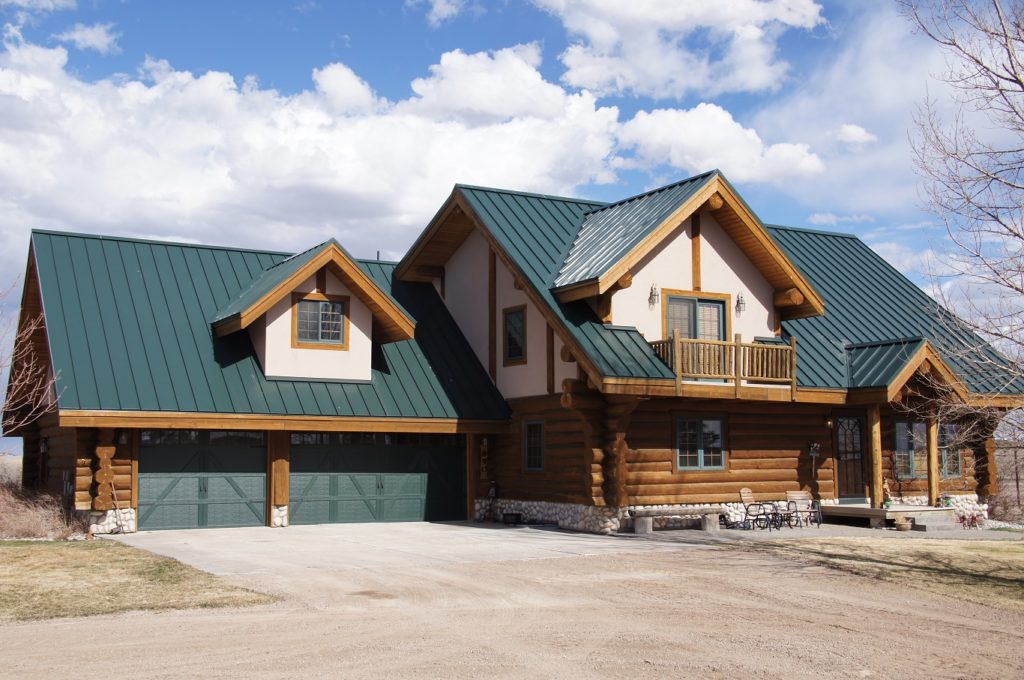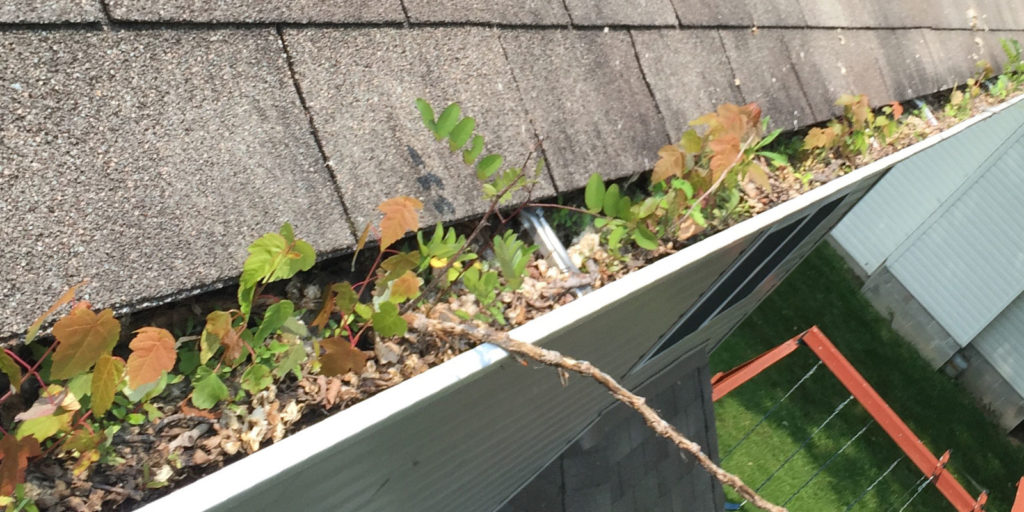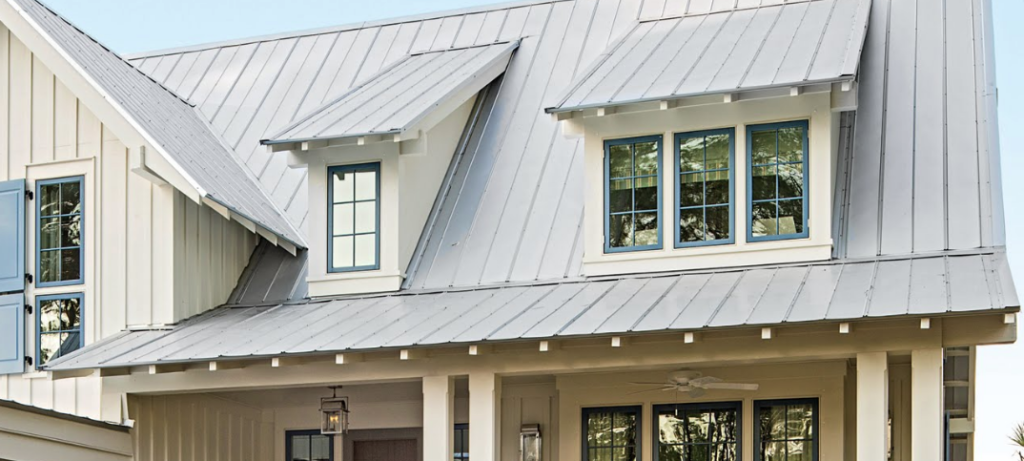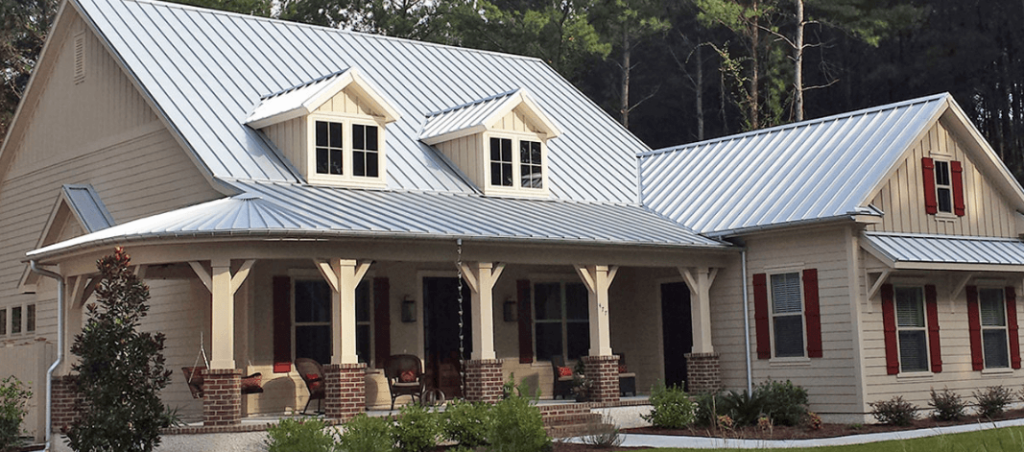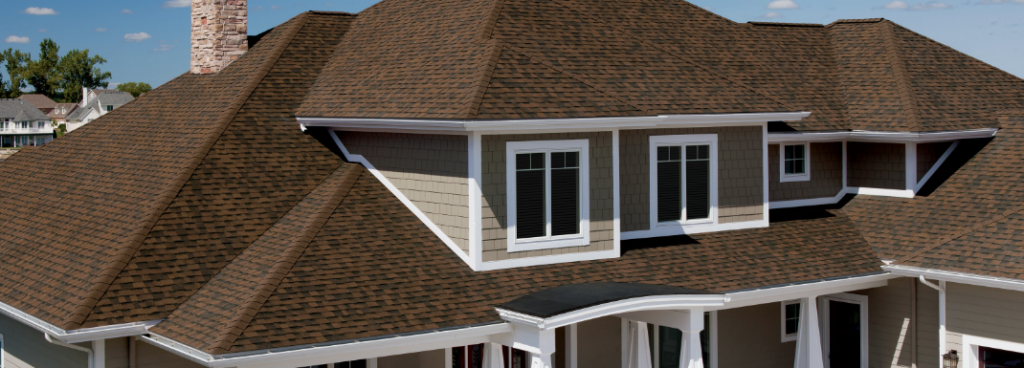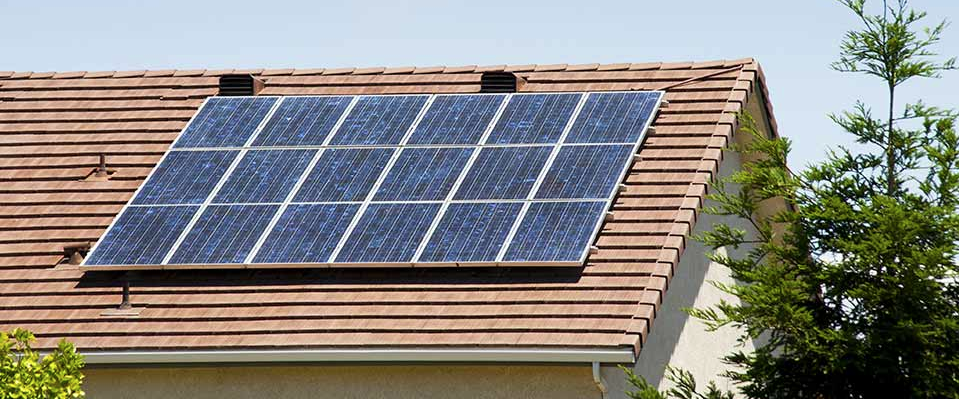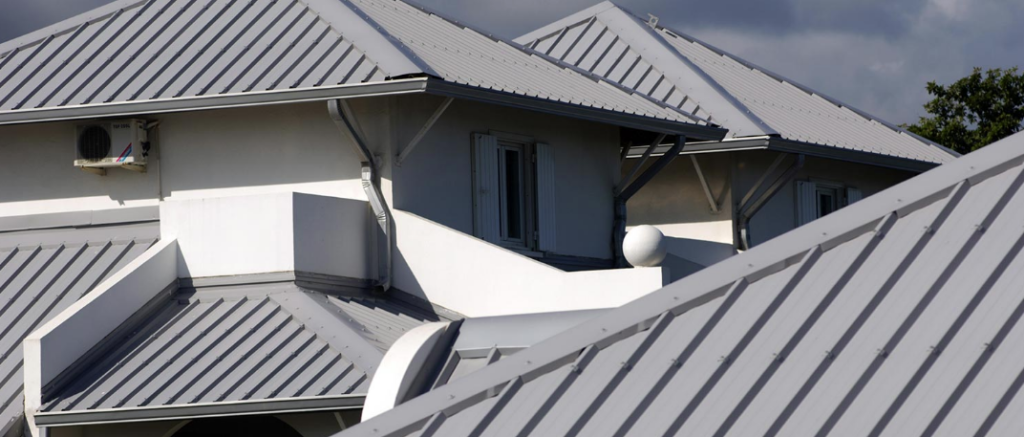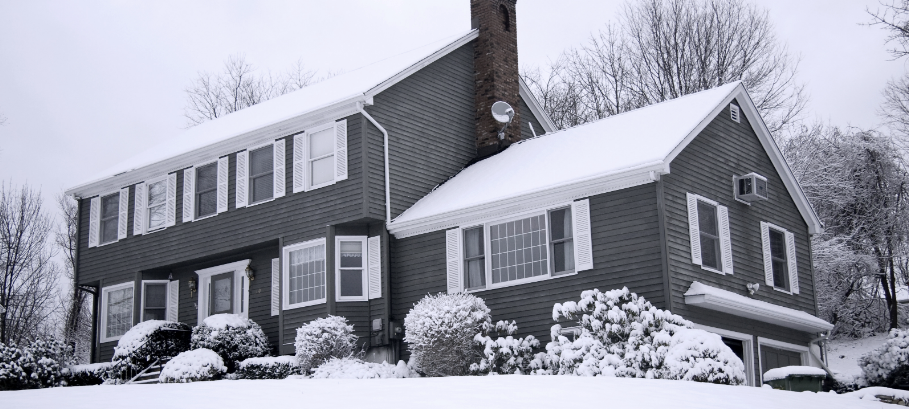September 12, 2019 in News, Roofing
Roofing Trends That Can Help Revitalize Your Home
Once you have lived in a home for some time, it’s easy to just overlook its faults and see it the same way you’ve always seen it. However, homes change over time, and portions of your home are certainly not in as good of condition as they were years ago. One area to pay particular attention with regard to aging is the roof. As the years go by, and Mother Nature takes a toll, the condition of your roof is going to degrade.
If you are ready to do some work in an effort to revitalize your home, consider the trends below.
Playing It Safe – With Regard to Color
Rather than trying to turn heads with the color of your residential roof, the current trend is to stay a little closer to the middle of the road. That means keeping the tones rather neutral, with something like a grey or light brown to blend in nicely into the surrounding environment. The precise color you select for your new roof will obviously depend on a number of factors, such as the look of your home as a whole, the landscaping you choose, and even the aesthetic offered by the rest of the neighborhood. It’s certainly okay to pick something that stands out a bit, but if you are interested in keeping with current trends, you’ll remain somewhat on the conservative side of the palette.
Keeping It Minimal
This next trend matches up closely with the first point we made, as neutral colors can be seen as a minimalistic choice. In addition to the color, other decisions that can keep you on the minimal side of the ledger include avoiding intricate designs, bold lines, etc. Opting for a clean look is something that will serve you well not only in the short term, but also in the long run as trends evolve over time. Keeping things simple is rarely going to be out of style, so even when other trends come along, you will remain proud of the roof you have chosen.
A Focus on the Environment
Finally, the last point we are going to touch on is a trend that everyone should hope will stick around for the long run. The use of environmentally-friendly roofing can not only do favors for the world around us, but it can also do a great job of protecting your house. One piece of the sustainability puzzle involves using materials that can be sourced in an eco-friendly manner, and also can be replenished over time. Also, roofing that does a good job of insulating a house can be helpful to the environment, as less heating and cooling energy will need to be used to maintain a comfortable temperature inside. One of the best options on the market today with regard to environmental impact is metal. A metal roof offers excellent energy-saving performance, it can last a long time, and it will look great, as well.

